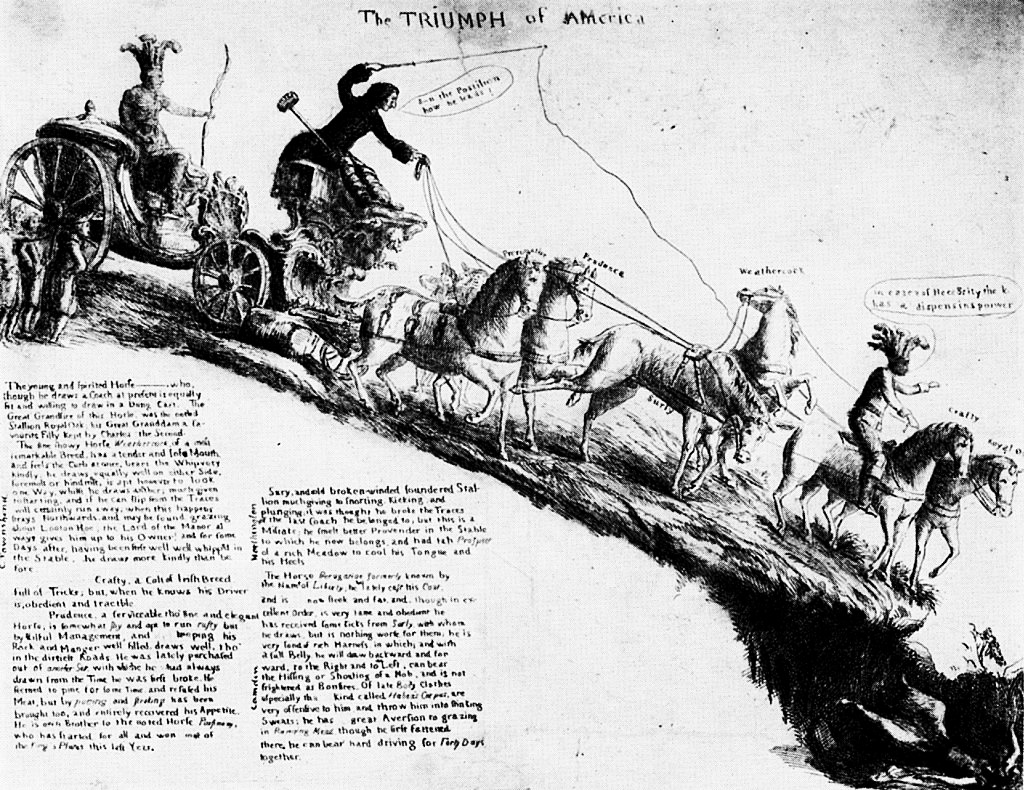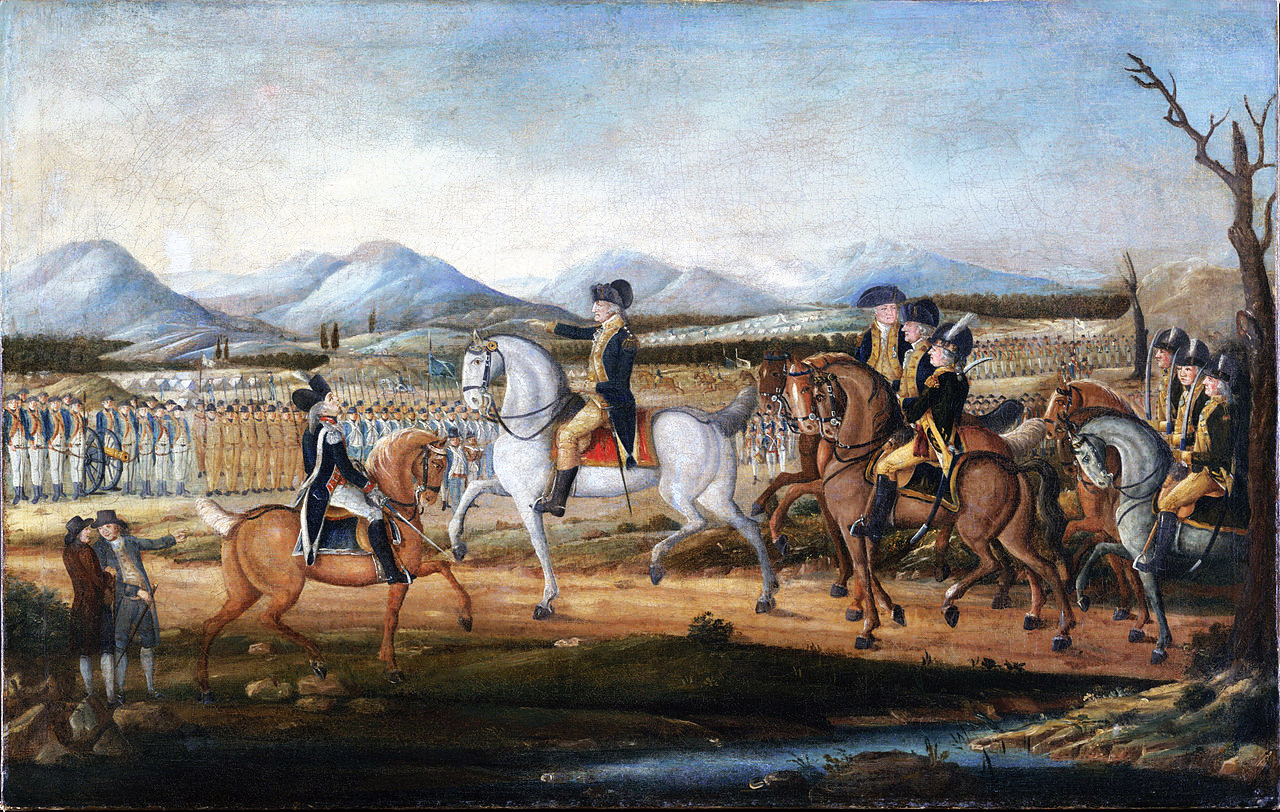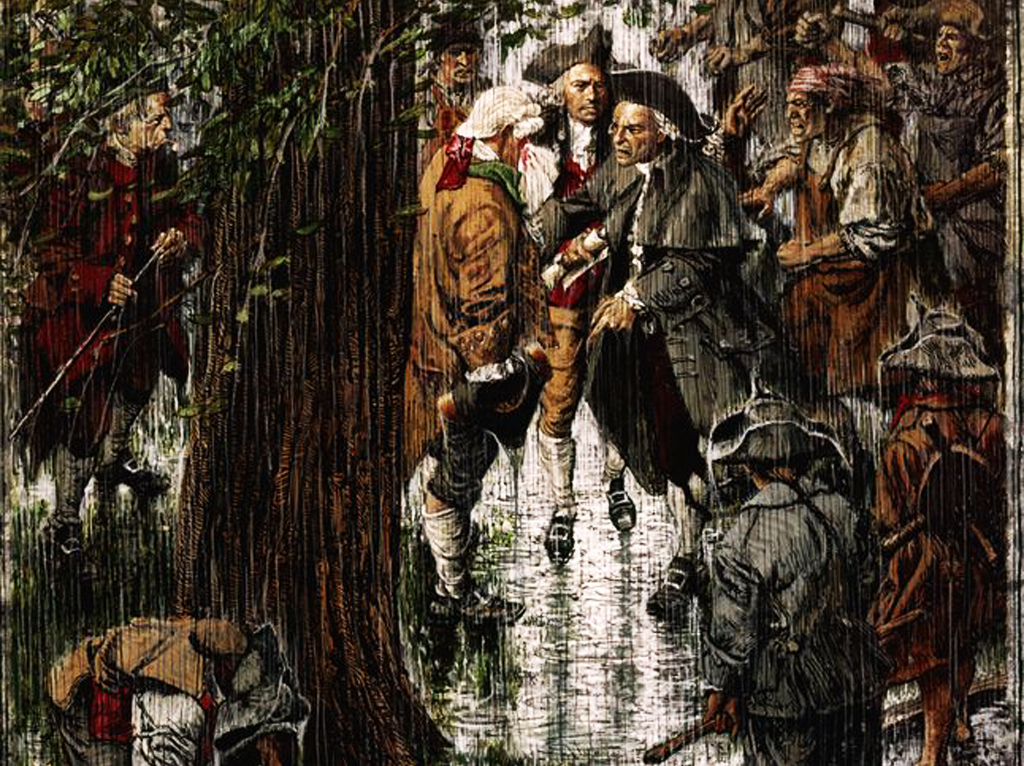Mr. Answer Man Please Tell Us: History of the Income Tax in the United States
The plethora of taxes we pay today: Federal income tax, alternative minimum tax, corporate tax, estate tax, FICA, and so on - didn't always exist.
America's first citizens enjoyed few to no taxes, and taxes were added, increased and occasionally (and often temporarily) repealed to give us the current tax regime.
When Were Taxes Implemented
Most of the taxes we pay today have been around for less than half of our country's history. One of the oldest is the estate tax, which was enacted in 1797 but was then repealed and reinstituted over the years, often in response to the need to finance wars. The modern estate tax was implemented in 1916 and the gift tax came about in 1924. The federal income tax was enacted in 1913, and corporate income taxes were enacted slightly earlier, in 1909.
The 1920s and '30s saw the creation of multiple taxes. Sales taxes were enacted first in West Virginia in 1921, then in 11 more states in 1933 and 18 more states by 1940. As of 2010, Alaska, Delaware, Montana, New Hampshire, and Oregon are the only states without a sales tax. President Franklin Roosevelt signed the Social Security Act in 1935 and Social Security taxes were first collected in January 1937, although no benefits were paid until January 1940. (For more insight, read more about how to give your taxes some credit.)
The alternative minimum tax (AMT), a type of federal income tax, wasn't enacted until 1978. This parallel system uses a separate set of rules to calculate taxable income after allowed deductions. It was designed to prevent taxpayers from avoiding their “fair share” of taxes, but because it is not indexed to inflation, more and more taxpayers have become subjected to it over the years, resulting in escalating calls to reform or eliminate the AMT.
These are just a few of the many taxes Americans are subjected to. Others include cigarette and alcohol taxes, energy taxes, aviation taxes, property taxes, telecommunications taxes, and state income taxes. The Tax Foundation calculated that in 2009, Americans on average had to work through April 11 just to earn the amount of money they would pay in taxes over the course of the year, better known as tax freedom day. (The exact date when an individual American has paid his or her tax burden for the year varies by state because of the differences in state taxes.)
Tax Rates, Then and Now
Tax rates tend to change (often for the worse) from their rates at the time of their enactment - a fact Americans should consider whenever they are faced with the threat of a new tax. For example, in 1913 when the federal income tax was implemented to help finance World War I, the marginal tax rate was 1% on income of $0 to $20,000, 2% on income of $20,000 to $50,000, 3% on income of $50,000 to $75,000, 4% on income of $75,000 to $100,000, 5% on income of $100,000 to $250,000, 6% on income of $250,000 to $500,000, and 7% on income of $500,000 and up.
Tax rates were the same for everyone - there was no filing status, and there was no distinction between single taxpayers, married taxpayers filing jointly, married taxpayers filing separately and heads of household. By 2009, tax rates had increased considerably, with a top marginal tax rate of 35%. Modern tax rates also depend on filing status.
“Sin” Taxes
So called “sin taxes” - because cigarette and alcohol taxes are built into the prices of these products, many Americans don't even know they're paying them. Federal tobacco taxes were first enacted in 1794, but came and went over the years until 1864. That year, a box of 20 cigarettes was taxed at 0.8 cents. In 2009, the rate was $1.01 per pack.
States also tax cigarettes. In 2009, South Carolina taxed them at a low of 7 cents per pack, while Rhode Island taxed them at a high of $3.46 per pack.
Spirits, wine, and beer are each taxed at different rates by both the federal and state governments. In 2008, the federal excise tax rates were $13.50 per proof gallon of spirits, $1.07 to $3.15 per gallon of wine depending on the wine's alcohol content, and $18 per 31-gallon barrel of beer. Each state sets its own tax rates for each type of alcohol. The lowest tax rate for spirits in 2009 was $1.50 per gallon in Maryland; the highest rate was $26.45 per gallon in Washington. For wine, the lowest tax rate in 2009 was 11 cents per gallon in Louisiana; the highest was $2.50 per gallon in Alaska. Beer was taxed at a low of 1.9 cents per gallon in Wyoming and a high of $1.07 per gallon in Alaska.
The government started taxing cigarettes and alcohol to pay back the debts it incurred during the Revolutionary War. However, social purposes have also long influenced the taxation of these items. The higher the tax, the more likely Americans are to be discouraged from consuming tobacco and alcohol. However, because tobacco and alcohol taxes are flat taxes, they fall disproportionately on the poor. In other words, it is mostly the poor who are discouraged from using tobacco and alcohol, because other income groups can afford to pay the higher taxes. (Consider reading more about what would happen if the U.S. switched to a flat tax.)
Gasoline
If the government taxes behavior it wants to discourage, why does it tax gasoline? After all, gasoline taxes were implemented long before the environmental movement kicked in. Federal excise taxes on gasoline were implemented in June 1932 under President Herbert Hoover as part of the Revenue Act of 1932. As its name implies, this act was designed to increase the amount of money the government had at its disposal. The gasoline tax was expected to raise $150 million in new tax revenues for the government.
In 1932, gas was taxed at a rate of 1 cent per gallon. By 2009, the tax had risen to 18.4 cents per gallon. State gasoline taxes tack on an additional cost, ranging from a low of 8 cents per gallon in Alaska to a high of 42.5 cents per gallon in New York.
Investments
Taxing investment income might seem particularly counterproductive since investment is necessary for economic growth, but that hasn't stopped the government from including it under its wide umbrella of taxable income. Capital gains taxes were enacted in 1913 along with the income tax. Dividend taxes were enacted in 1936 but only lasted through 1939. They reappeared in 1954 and have persisted ever since. (For more insight, you might explore why dividends still look good after all these years.)
Conclusion
History is full of tax rebellions, and today America stands at the cusp of another tax reform that President Trump wants to push through. Back in 1773, taxes sparked Americans to destroy three shiploads of British tea. And in 1791, Alexander Hamilton's proposed excise tax on alcohol was enough to prompt the Whiskey Rebellion in Pennsylvania. The question is, what lies ahead of this tax reform?
Library Of Congress.gov / Wikipedia / Encyclopedia Britannica /
Investopedia / Tax History.org /
Tax Foundation.org / History Channel /
History of the Income Tax in the United States (YouTube) 




